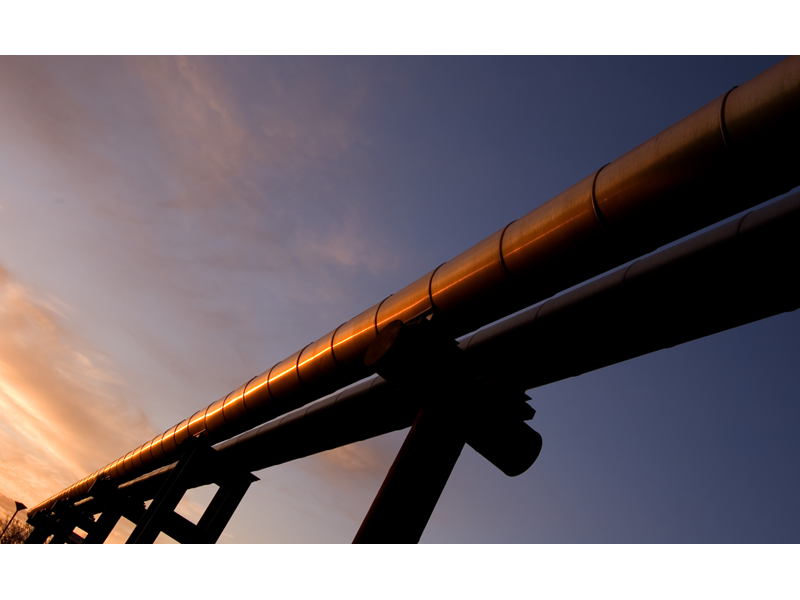US LNG maintenance forecast | On-demand webinar
What’s the impact of maintenance downtime at major LNG facilities in North America, including Cameron, Corpus Christi, Cove Point, Freeport and Sabine Pass?
2 minute read
Amir Rejvani
Senior Research Analyst, LNG and Intrastate Storage

Amir Rejvani
Senior Research Analyst, LNG and Intrastate Storage
Latest articles by Amir
-
Opinion
What does summer 2024 hold for North American gas and LNG?
-
Opinion
Cold weather impacts on US natural gas
-
Opinion
US LNG maintenance forecast | On-demand webinar
Wood Mackenzie’s LNG Short-Term Analytics team monitors major LNG facilities in North America using infrared cameras combined with an extensive historical database to predict when maintenance events might crop up. In our latest US LNG Maintenance Forecast we take a look at several of these facilities, summarising how and why maintenance events occur and exploring the impact of these outages.
Fill in the form to see our video analysis of Cameron, Corpus Christi, Cove Point, Freeport and Sabine Pass and access the accompanying report pack. And read on for a brief introduction.
How do we estimate outage periods?
In addition to infrared cameras, we use power line monitors to analyse real-time operations. These monitors date back to the inception of operations at each facility and provide a vast record of maintenance information. Drawing on this historical data, we build models that predict when a liquefaction train will need to be taken offline for maintenance.
Corpus Christi: significant outages
All three trains at Corpus Christi are expected to go offline for maintenance this year. Assuming each inactive train takes roughly 700 to 750 million cubic feet per day offline, we would expect a loss of 12 to 16 billion cubic feet of feed gas over the course of the outage. This would disrupt shipping out of Corpus Christi by about five vessels.
As Cheniere tends to perform maintenance in the summer months, outages could be imminent.
A simpler story at Cove Point
Cove Point has just one train, which goes down every year around the end of September. Our data shows that last year's maintenance caused a longer dip in feed gas than usual, with 27 days offline compared to the usual 18. This equated to roughly 20.3 billion cubic feet of feed gas not delivered to the facility.
Flyovers and electricity monitoring at Freeport
Our data suggests it’s unlikely that trains at Freeport LNG will go down until late 2024 or 2025; nine months of downtime have allowed plenty of opportunities to perform essential maintenance.
Unusually, Freeport’s liquefaction trains are electrically-driven, allowing us to monitor power draw in real-time to determine if there is an outage. Additionally, our weekly flyovers of Freeport LNG enabled us to observe crane activity at each LNG train over the late summer and fall of 2022 and determine which train is offline during power drops.
Explore the US LNG maintenance forecast
The full report digs into the forecast for US LNG maintenance in detail. To find out about maintenance schedules, the predicted impacts of outages on supply, our newly-released global voyage tool and more, fill in the form at the top of the page to watch the video and download the report.
Featured Product(s)
North American LNG →
Real-time monitoring of the LNG supply chain, from commissioning to operation.







